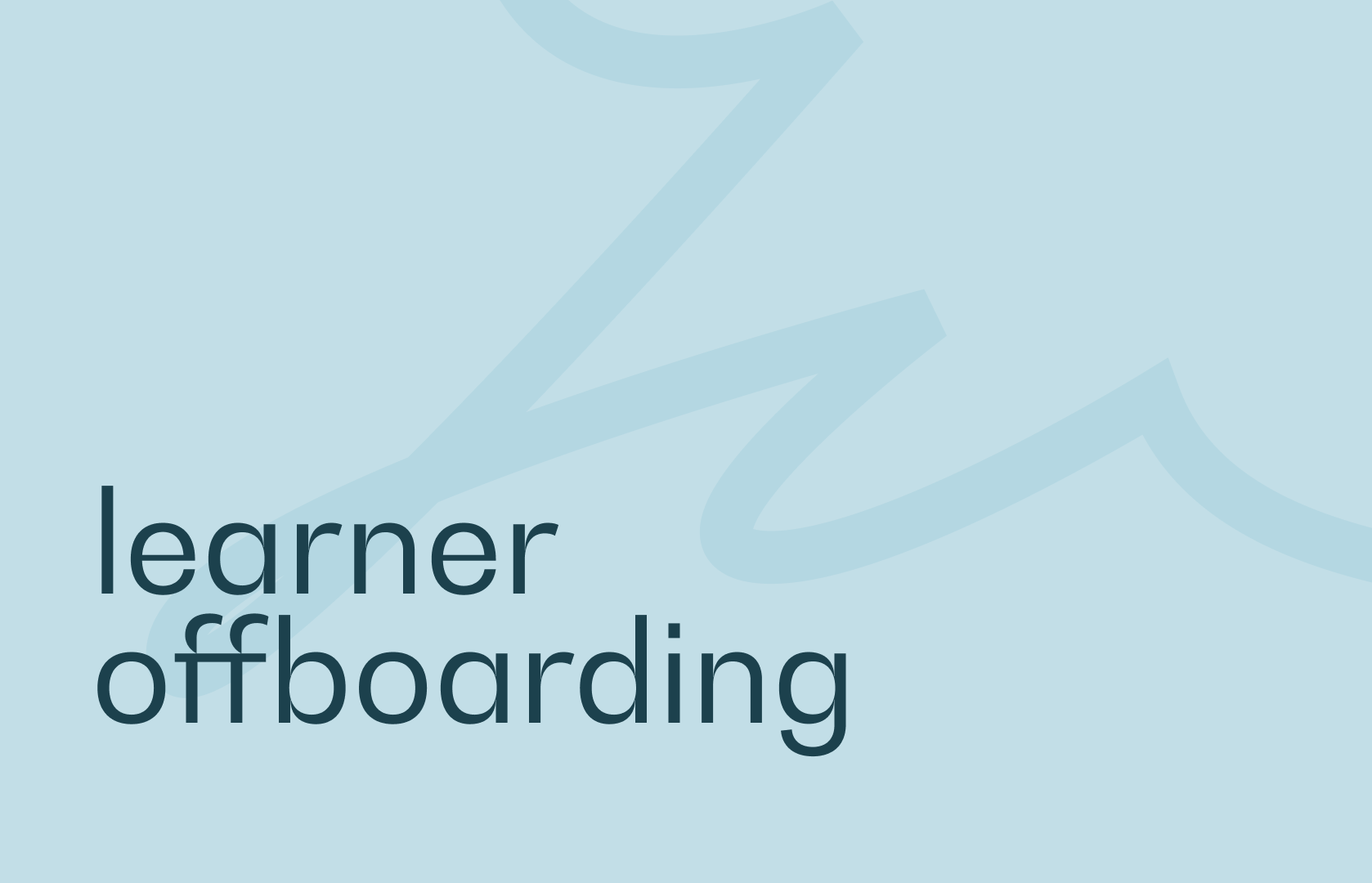The offices of training institutions and human resources departments are still too often the scene of a daily struggle against piles of files, overflowing binders, and crammed cabinets. This omnipresence of paperwork in the management of training documents is a legacy of the past that is a heavy burden. Beyond the image, this traditional document management generates significant hidden costs, a considerable loss of time for teams, risks of errors, and a non-negligible environmental impact. Fortunately, digitization is now establishing itself as the essential solution for modernizing, securing, and optimizing these processes. This guide explores in detail the concrete benefits of this transformation, the types of documents concerned, the key tools, and the steps to successfully transition to a paperless environment in training.

The burden of traditional document management in training: costs and inefficiencies
Traditional, paper-based document management represents a multifaceted burden for training stakeholders. The direct administrative costs are obvious: buying paper, ink, printer maintenance, postage fees, and renting physical archiving spaces. But the indirect costs, especially in terms of human time, are even more significant. Imagine the cumulative time lost on printing, manual signature collection, often tedious scanning, sending, meticulous filing, and, above all, the sometimes unsuccessful search for specific information in dusty archives. This mode of operation also increases the risks of data entry errors, loss of crucial documents, or the circulation of outdated versions. Remote access to information becomes a headache, and proving Qualiopi compliance with a paper system can be particularly arduous.
The concrete benefits of digitization for training stakeholders
Opting for the digitization of training documents offers a multitude of concrete and measurable advantages. The first and most visible is often the gains in efficiency and productivity. The automation of many tasks, the establishment of digital workflows, and the ability to instantly search archives free up valuable time that teams can dedicate to higher value-added missions. The reduction of operational costs is also significant, affecting consumables as well as shipping and storage fees. In terms of document security, digitization brings a clear improvement: secure digital archiving with controlled access rights, complete audit trails, and, thanks to tools like electronic signatures, increased probative value for digital documents. Accessibility is another major asset: important documents are available in real time, from anywhere, for all authorized persons, which greatly facilitates collaboration between administrative teams, trainers, and even learners. The positive environmental impact, with the drastic reduction in paper consumption, is an increasingly valued argument. Ultimately, it is the overall experience of all stakeholders that is improved. Furthermore, digitization is a powerful ally for ensuring regulatory compliance, particularly for meeting Qualiopi requirements by facilitating the creation and presentation of evidence.
Which training documents to prioritize for maximum impact?
The transition to a paperless environment in training can happen gradually, starting with the documents whose management is the most time-consuming or critical to digitize. Training agreements and other contracts are ideal candidates, as their formalization is greatly streamlined by electronic signatures. Paper attendance sheets can be advantageously replaced by digital attendance tracking solutions, offering exemplary traceability and reliability. Course materials and pedagogical resources benefit from being distributed and updated via LMS platforms or online sharing spaces. Online assessments, whether quizzes to validate achievements or digital satisfaction questionnaires, significantly simplify the collection and analysis of feedback. End-of-training certificates and certifications can be generated, electronically signed, and distributed digitally, offering a modern and responsive service to learners. The creation of centralized digital learner files allows for quick access to the complete history. Finally, all administrative and financial documents, such as quotes and invoices, also benefit greatly from this transition.

Tools and technologies for your “paperless training” strategy
Several digitization tools are now available to training stakeholders to successfully carry out this transformation. The electronic signature is undoubtedly one of the most emblematic, giving legal value to all types of documents (contracts, agreements, certificates) signed remotely, quickly and securely. Electronic Document Management (EDM) systems are essential for organizing, centralizing, securing, and facilitating searches within your document assets. Many LMS platforms also integrate document management and content distribution features. Digital attendance tracking solutions effectively replace paper sheets, ensuring data reliability and simplifying control. Cloud-based office tools and collaborative platforms facilitate the creation and sharing of documents in real time. There are also specialized solutions for training digitization, like Edusign, which are natively designed to specifically meet the needs of the sector by combining several of these essential functionalities.
Implementing digitization: key steps and best practices for a successful transition
Successfully carrying out a digitization project requires a structured approach. The first step is to perform an audit of your existing paper processes to identify weaknesses, priority documents, and define clear objectives. Next comes the choice of tools: select the digital solutions best suited to your specific needs, your document volume, your budget, and your technical infrastructure, keeping in mind their ability to integrate with one another. The deployment phase must be carefully planned, including, if necessary, the digitization of essential paper archives and a pilot phase on a restricted scope to test and adjust. Change management for teams is a key success factor: it’s crucial to train employees on the use of the new tools, communicate the benefits to gain buy-in, and overcome any potential resistance. Finally, constant attention must be paid to data security and compliance (GDPR, probative archiving, etc.) throughout the process.
Edusign: features that go beyond being paperless Digitization makes sense when it truly simplifies the lives of teaching teams, HR, and learners. That’s why Edusign integrates features designed for training:
- Automatic reminders: missing signatures or pending documents are automatically reminded to the right people, without human intervention.
- Learner digital strongbox: each student finds their certificates, attendance sheets, and certifications in one place, accessible at any time.
- Dashboards & reporting: track the status of signatures, attendance, or completed files in real time, and export your evidence in one click for Qualiopi.
- Probative archiving: your signed documents are securely stored, compliant with eIDAS and GDPR standards.
- LMS and ERP integrations: Edusign connects to your existing tools to avoid double entry and streamline your processes.
- Result: less paperwork, less stress, more time for teaching, and compliance always ready in case of an audit.

Conclusion: digitization, an essential lever for performance and modernization in training
The end of paperwork thanks to digitization is no longer a simple futuristic vision, but a concrete, beneficial, and now accessible transformation for all training organizations. It is a strategic investment that results in operational efficiency gains, better Qualiopi compliance, enhanced document security, and a welcome image of modernity. By taking the step toward efficient digital document management, training stakeholders can free themselves from administrative constraints to focus on their core business: pedagogical engineering and supporting learners toward success. Specialized solutions, such as Edusign, are also specifically designed to facilitate this transition and optimize the management of training documents from start to finish.





